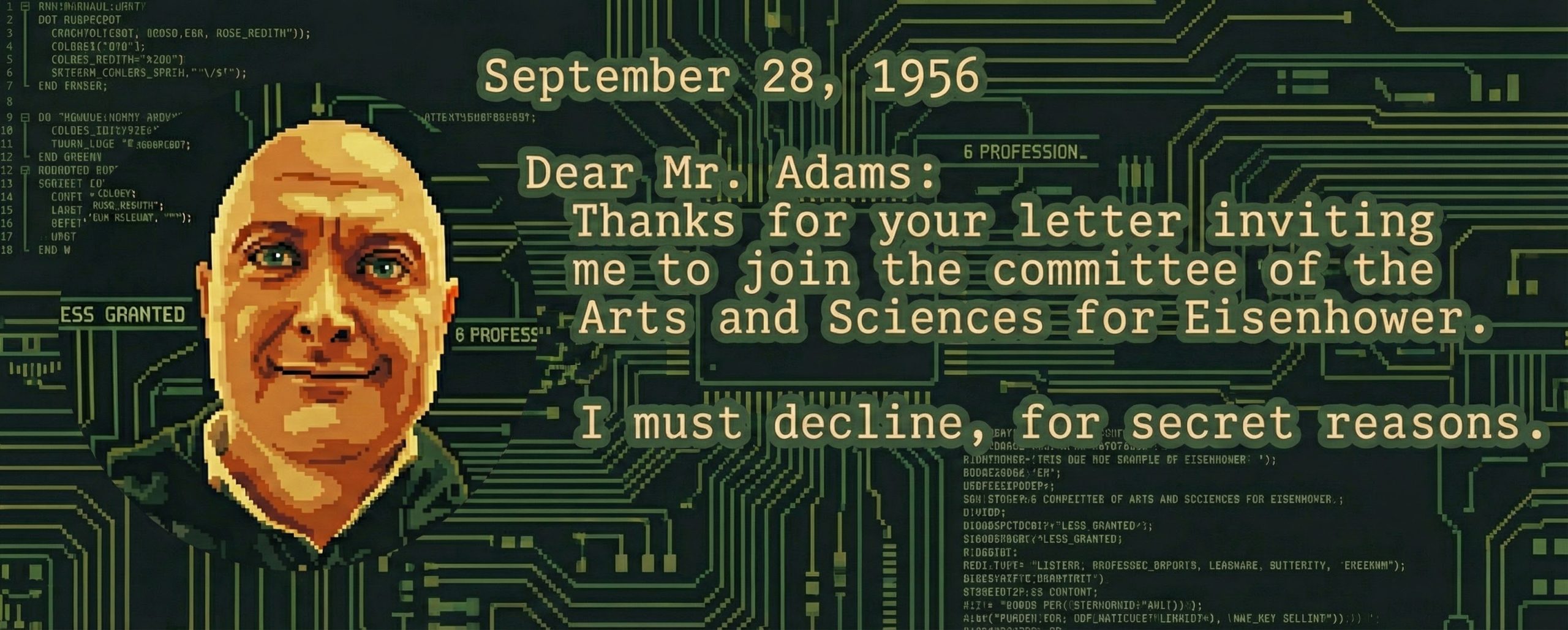From Broken Lamps to Twitter Triumph: The Unlikely Journey of LK99, a Potential Room-Temperature Superconductor
A Comedy of Errors, Torches, and Tweets in the World of Superconductors
Once upon a time, in a lab far, far away (in Korea to be exact), a team of diligent chemists was on the brink of despair. After 20 grueling years of experiments and one very unlucky quartz lamp’s demise, they stumbled upon something extraordinary: LK99. It could be the world’s first room-temperature superconductor or just the most glorified paperweight in history.
From Broken Lamps to Twitter Fame
Enter our new protagonist, a Soviet lady armed with hand torches, flea market equipment, and a passion for manga. As resourceful as MacGyver on a bad hair day, she decided to replicate the discovery in her own way. Her choice of publishing? Twitter, naturally!
As she tweets her way through the experiment, the scientific community watches in astonishment, occasionally distracted by cat GIFs and memes. With every hashtag and emoji, she’s one step closer to telling us if we’re on the brink of a technological revolution or just enjoying the world’s most elaborate scientific prank.
Levitating Traffic Jams and Superconducting Coffee Makers
Now, let’s take a moment to dream. If LK99 truly is a room-temperature superconductor, what could that mean for us ordinary folks?
- Energy Transmission and Efficiency: We could create lossless electrical transmission lines, dramatically improving the efficiency of power grids and reducing energy costs. But also the production of electricity would become much more efficient – or generators would not have heat losses.
- Magnetic Levitation (Maglev) Transportation: With room-temperature superconductors, maglev trains could become more widespread, providing incredibly fast and efficient public transportation.
- Medical Technology Advancements: Magnetic Resonance Imaging (MRI) machines could become more compact and affordable, improving medical diagnostics and accessibility to healthcare.
- Electric Vehicles: The technology could lead to lighter and more efficient electric motors, boosting the performance of electric cars, buses, and other vehicles.
- Renewable Energy Integration: Storing and transmitting renewable energy could be significantly improved, enabling a smoother transition to green energy sources like wind and solar power.
- Quantum Computing: Room-temperature superconductors could be a game-changer in quantum computing, enabling new advancements in computational speed and capability.
- Military and Space Applications: They could enable new technologies for defense systems and space exploration, including more efficient propulsion systems.
- Consumer Electronics: Electronic devices could become more energy-efficient, leading to longer battery lives for smartphones, laptops, and other gadgets.
- Scientific Research: Advanced scientific instruments, such as particle accelerators, could become more affordable and accessible, fostering new discoveries in various fields of science.
- Urban Infrastructure: Superconducting cables could be integrated into urban infrastructure, enabling more efficient power distribution and even novel applications like wireless power transmission.
- Industrial Applications: Various industrial processes could become more energy-efficient, leading to cost savings and reduced environmental impact.
- And many other applications…
The Final Verdict?
We’re all waiting on the edge of our seats for esteemed institutions like MIT and Caltech to weigh in. Will they confirm LK99’s superconducting properties, or will they declare it the winner of the Nobel Prize in Comedy?
Either way, LK99 has already achieved one incredible feat: making science the most entertaining show on social media.
So, raise a toast (preferably superconducting) to the Korean chemists, the Soviet lady and to LK99. Because sometimes, the path to discovery is littered with broken lamps, Twitter threads, and a good dose of laughter. Stay tuned for more updates on this spectacular journey!
